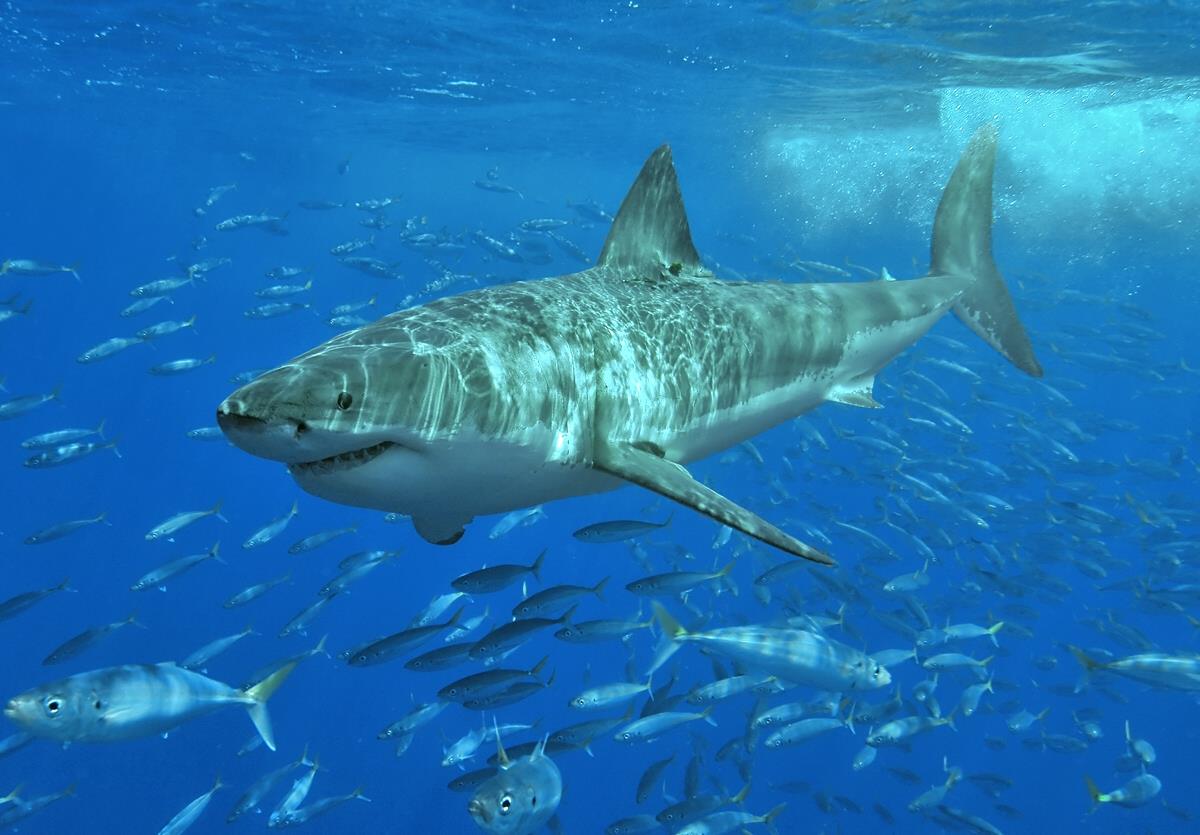CANBERRA, Feb. 9 (Xinhua) -- There are more than 2,000 adult white sharks living in Australian waters, a study has found.
The research, released by the Commonwealth Scientific and Industrial Research Organisation (CSIRO) on Friday, revealed that the survival rate for adult white sharks was as high as 90 percent.
There are two white shark populations in Australia: the eastern population ranging from the southernmost point of the mainland in Victoria to the Great Barrier Reef and across to New Zealand and the south-western population following the coast west from the southernmost point all the way to northern Western Australia (WA).
Research by the CSIRO indicated that there were approximately 750 adults in the eastern population and around 1,460 in the south-western.
The adult survival rate for both populations was above 90 percent, meaning that more than 90 out of every 100 sharks that are alive now would survive the year.
Researchers were able to gather the data using a breakthrough method that allowed them to locate the tell-tale marks of the parents in the DNA of juvenile sharks.
The breakthrough meant that the researchers were able to estimate the figures without even seeing an adult shark.
More than 70 juveniles from the eastern population of 214 studied were found to share a parent, a figure which they were able to use to establish the total number of adults.
"The chances of any two juveniles in a population sharing a parent depends on how many adults are around to share the job of reproduction," Richard Hilary, lead author of the study, said in a media release on Friday.
"In a small population, more juveniles share a parent than in a large population, and vice versa.
"And as more juveniles are sampled over time, the parental marks we detect also reveal patterns of adult survival, which we determined to be greater than 90 percent in the east.
"We found many cases of parents (both male and female) that apparently had survived 20 or more years between the births of their children."
Now that the first population figures have been established, researchers will be able to repeat the exercise and build a population trend that will tell them if the population is growing or diminishing.





